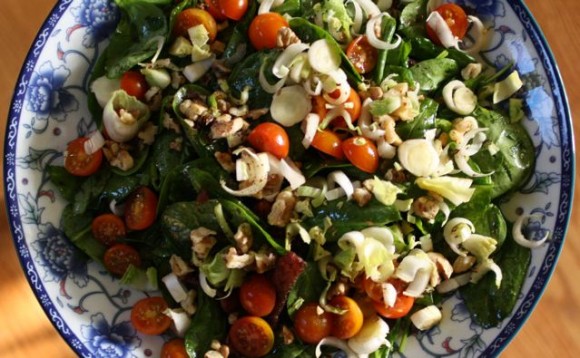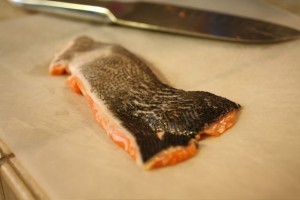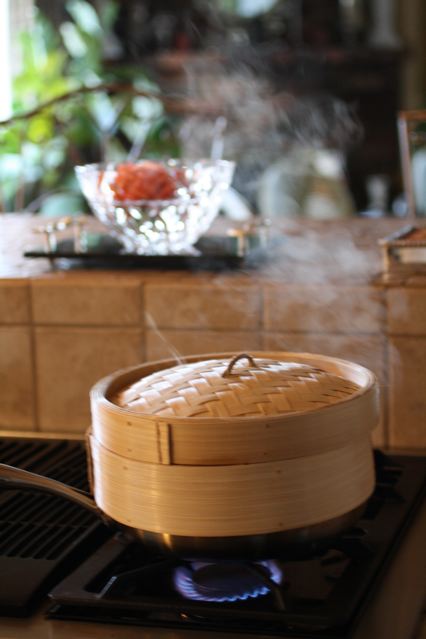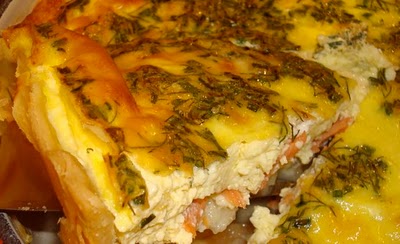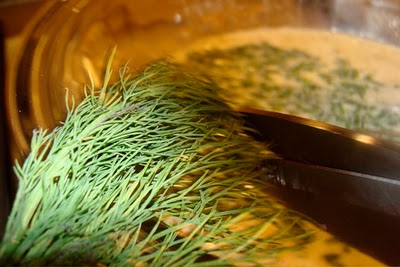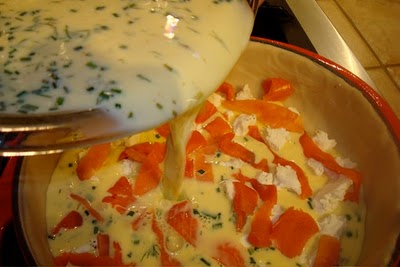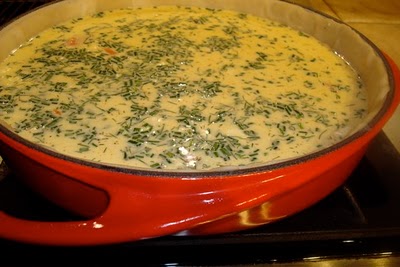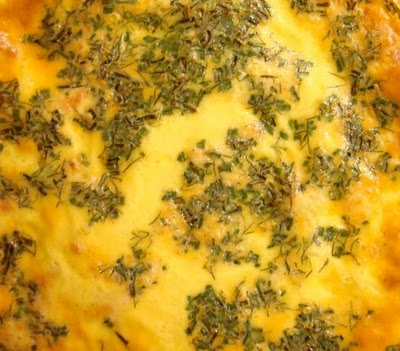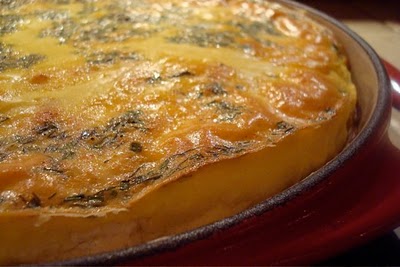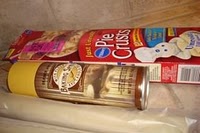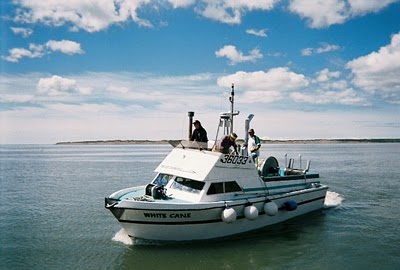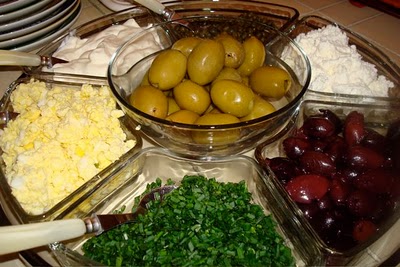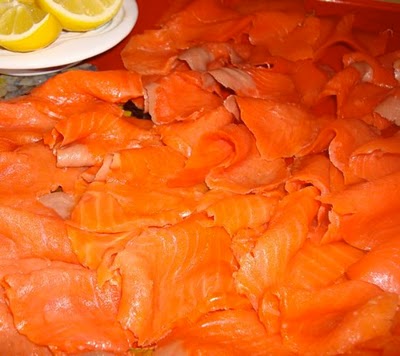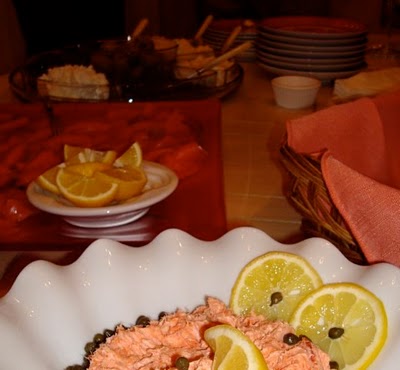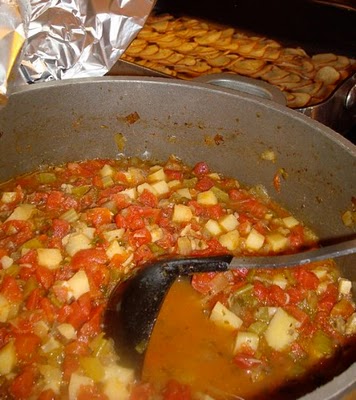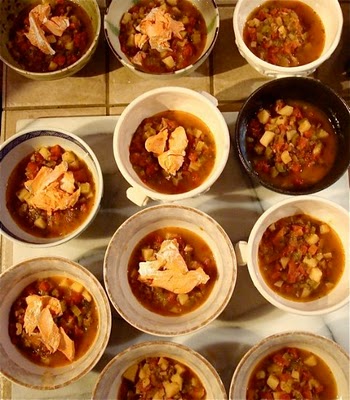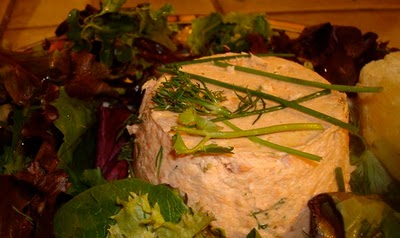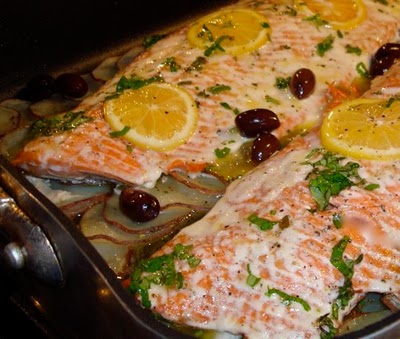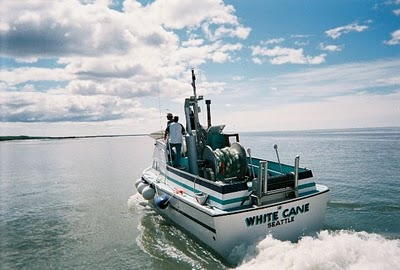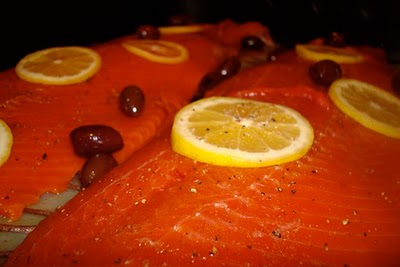
This unique species of salmon begin their lives by spawning in the Alaskan fresh water lakes that flow into the
Naknek and
Egegik river systems. After living and growing for 1 to 2 years in these pristine waters, they make their way down river and thrive for another 2 to 3 years in the cold waters of the North Pacific and the Bering Sea.
During their life in the Pacific Ocean, the sockeye feed on plankton and krill, this gives them their bright red color.
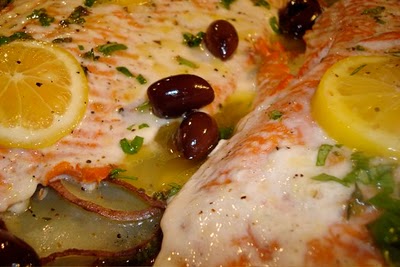
Also their unique natural diet promotes their healthy high levels of Omega-3 fatty acids. On their return to the bay as mature wild sockeye salmon, the fish are selectively harvested only after enough salmon have returned safely to their spawning grounds. The fishery is carefully monitored to allow future generations of sockeye the same life cycle, and preserve this wonderful and unique salmon species. They are truly one of the healthiest fish to eat in the world.
This fabulous salmon was fished by Randy Houghton and his crew of White Cane Sockeye Salmon.
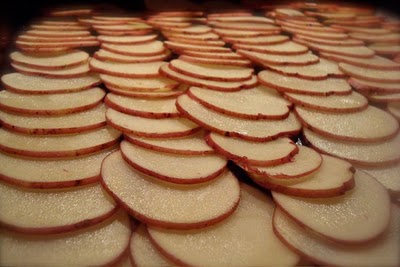
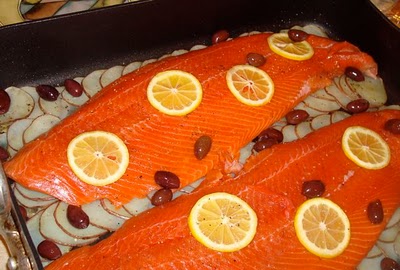
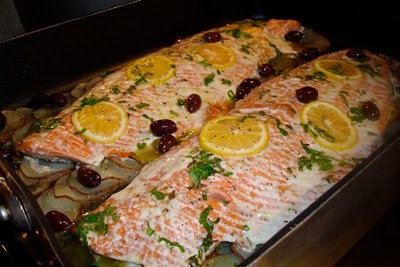
Slow Roasted Wild Sockeye, Red Potatoes, Citrus Herb Vinaigrette
Red Potatoes are sliced on a mandoline, layered into the roasting pan, drizzled with olive oil and seasoned with sea salt and pepper. Baked at 425 for about 20 to 25 minutes.
Lemon slices are scattered over the potatoes, topped with the seasoned sockeye, and more lemon slices and pitted kalamata olives. Roasted at 250 for 25 to 30 minutes (or to your preference).
Citrus Herb Vinaigrette: 4 parts olive oil, 2 parts lemon juice, 1 part orange juice, salt and pepper are whisked together. Mix in fresh thyme leaves and chopped basil. When the salmon is cooked, the vinaigrette is generously ladled over the warm fish.
This excellent recipe was inspired by one in Country Living magazine.

